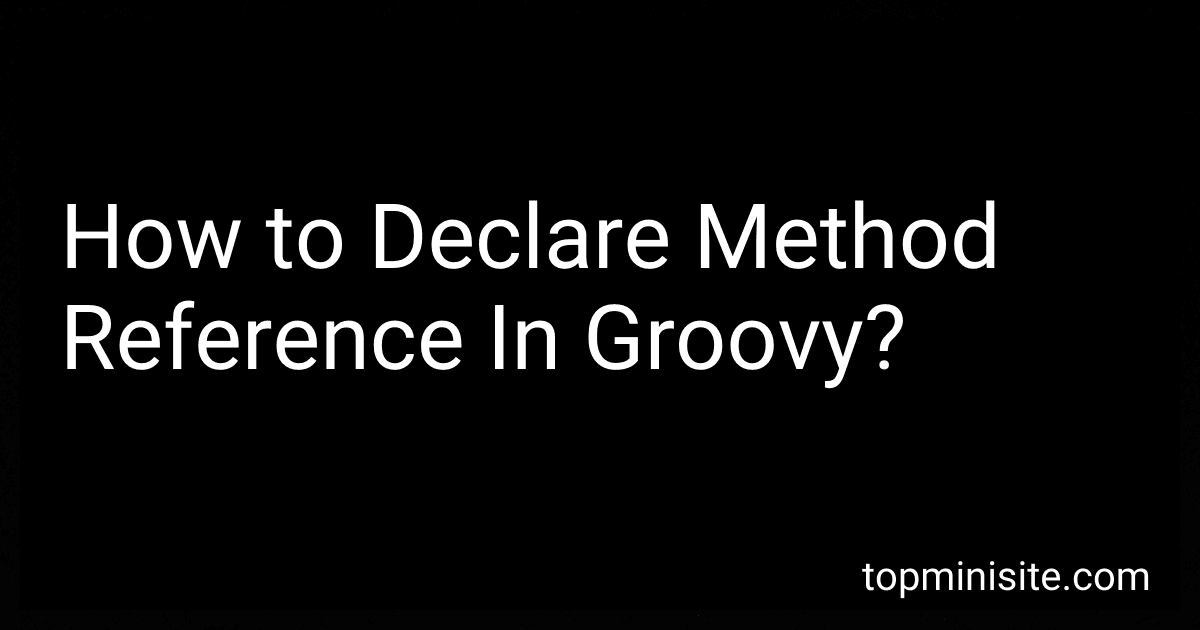Best Groovy Programming Books to Buy in December 2025
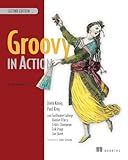
Groovy in Action: Covers Groovy 2.4


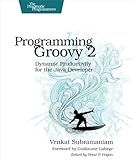
Programming Groovy 2: Dynamic Productivity for the Java Developer (Pragmatic Programmers)


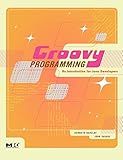
Groovy Programming: An Introduction for Java Developers


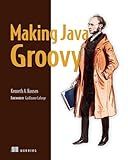
Making Java Groovy
- QUALITY ASSURANCE: THOROUGHLY INSPECTED FOR GOOD READABILITY.
- AFFORDABLE PRICES: ENJOY SIGNIFICANT SAVINGS ON QUALITY READS.
- ECO-FRIENDLY: SUPPORTING SUSTAINABILITY BY REUSING BOOKS!


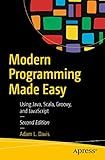
Modern Programming Made Easy: Using Java, Scala, Groovy, and JavaScript


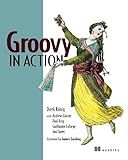
Groovy in Action
- DISPATCH SAME DAY: ORDERS BEFORE NOON SHIPPED IMMEDIATELY!
- MINT CONDITION: QUALITY GUARANTEED FOR EVERY PRODUCT!
- HASSLE-FREE RETURNS: ENJOY OUR NO QUIBBLES RETURN POLICY!


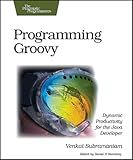
Programming Groovy: Dynamic Productivity for the Java Developer (The Pragmatic Programmers)
- QUALITY ASSURANCE: ALL BOOKS ARE IN GOOD CONDITION, READY TO READ!
- ECO-FRIENDLY CHOICE: SAVE MONEY AND THE PLANET WITH USED BOOKS!
- UNIQUE FINDS: DISCOVER RARE TITLES AND HIDDEN GEMS AT GREAT PRICES!


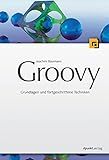
Groovy: Grundlagen und fortgeschrittene Techniken (German Edition)


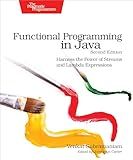
Functional Programming in Java: Harness the Power of Streams and Lambda Expressions


In Groovy, you can declare a method reference by using the method reference operator & before the method name. This allows you to reference a method to be used as a parameter in higher-order functions like findAll, collect, or each.
For example, if you have a method called isPositive that checks if a number is positive:
def isPositive(num) { num > 0 }
You can declare a method reference to isPositive like this:
def positiveCheck = this.&isPositive
You can then use this method reference in higher-order functions like findAll, for example:
def numbers = [-1, 2, -3, 4, -5] def positiveNumbers = numbers.findAll(positiveCheck)
This will filter out all the negative numbers from the numbers list and store only the positive numbers in the positiveNumbers list.
How to declare a method reference for a private method in Groovy?
In Groovy, you can declare a method reference for a private method by using the method pointer operator & followed by the name of the private method.
Here is an example:
class MyClass { private void privateMethod() { println "Private method called" }
void callerMethod() {
def methodRef = this.&privateMethod
methodRef()
}
}
def obj = new MyClass() obj.callerMethod()
In this example, this.&privateMethod declares a method reference for the private method privateMethod in the MyClass class. The callerMethod then calls the method reference using methodRef(), which will output "Private method called" to the console.
What are the limitations of using method references in Groovy?
Some limitations of using method references in Groovy include:
- Limited support for method references in older versions of Groovy: Method references were introduced in Groovy 2.5, so if you are using an older version of Groovy, you may not be able to take advantage of this feature.
- Inability to reference instance methods on a specific object: Method references in Groovy are limited to referencing static methods or instance methods on the implicit receiver object, which means you cannot reference instance methods on a specific object.
- Limited support for method references with overloaded methods: Groovy may not always be able to determine the correct method signature when dealing with method references to overloaded methods, leading to ambiguity errors.
- Lack of support for method references with multiple arguments: Groovy does not support method references with multiple arguments, so you may need to resort to using closures instead.
- Limited support for method references with Java libraries: While Groovy supports method references, there may be limitations when working with Java libraries that require method references to be used in a specific way or do not fully support the feature.
How to declare a method reference for a method of a specific class in Groovy?
In Groovy, you can declare a method reference for a method of a specific class by using the & symbol followed by the class name and method name.
Here is an example:
class MyClass { def myMethod() { println "Hello, World!" } }
def myInstance = new MyClass() def myMethodRef = myInstance.&myMethod
// Call the method reference myMethodRef()
In this example, we have a class MyClass with a method myMethod. We create an instance of MyClass and then declare a method reference myMethodRef for the myMethod method of the instance using the & symbol. Finally, we call the method reference to execute the myMethod method.
How to call a method by reference in Groovy?
In Groovy, you can call a method by reference using the .& operator.
Here is an example:
def myMethod(String arg){ println("Hello $arg!") }
def myReference = this.&myMethod
myReference("world") // Output: Hello world!
In this example, myReference is assigned the reference to the myMethod method. You can then call myReference as a regular method to execute myMethod.
What is the output of calling a method reference in Groovy?
When calling a method reference in Groovy, the output will be the result of invoking the method that is being referenced. The output will depend on the specific method being called and the arguments that are passed to it.
